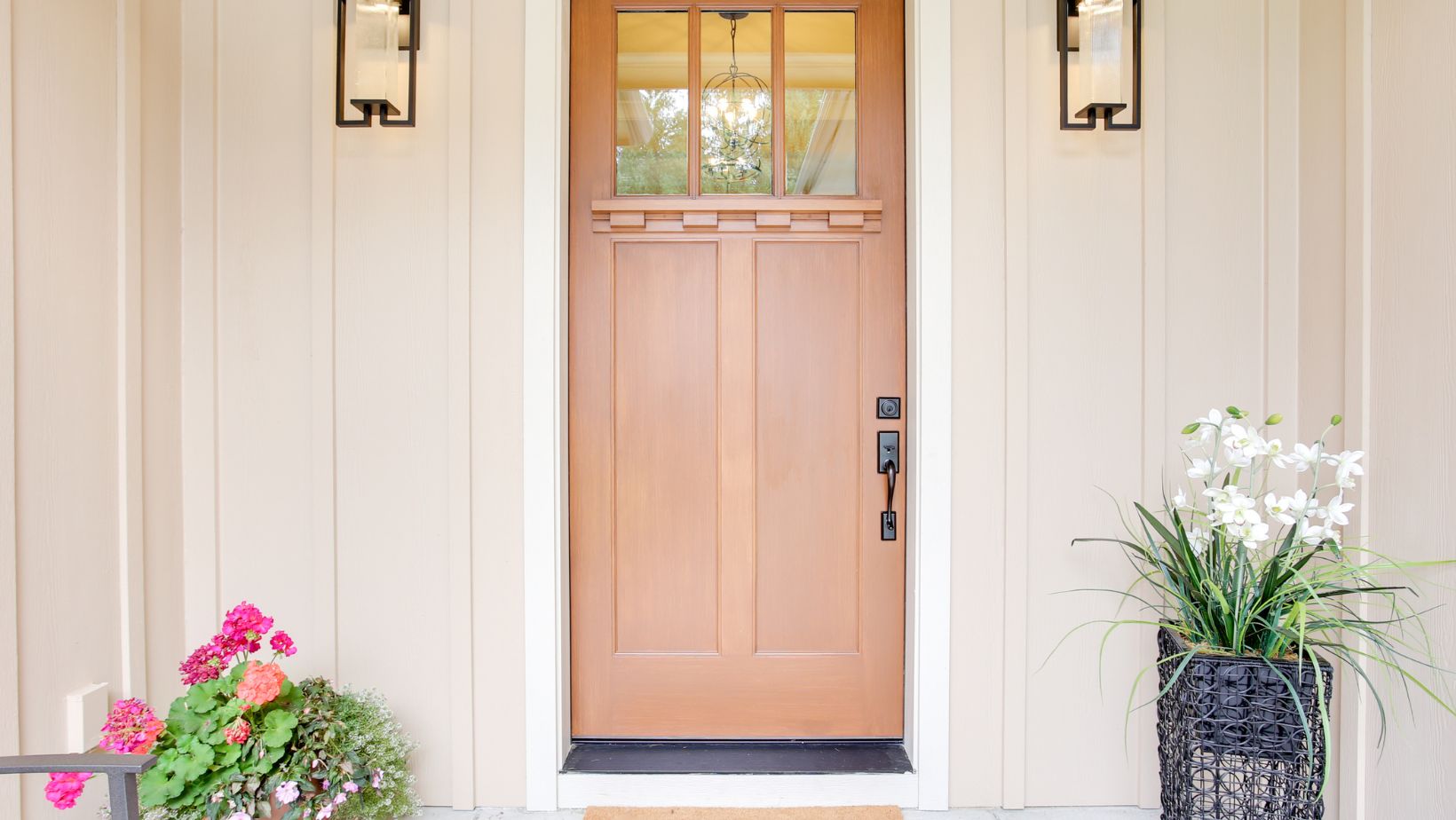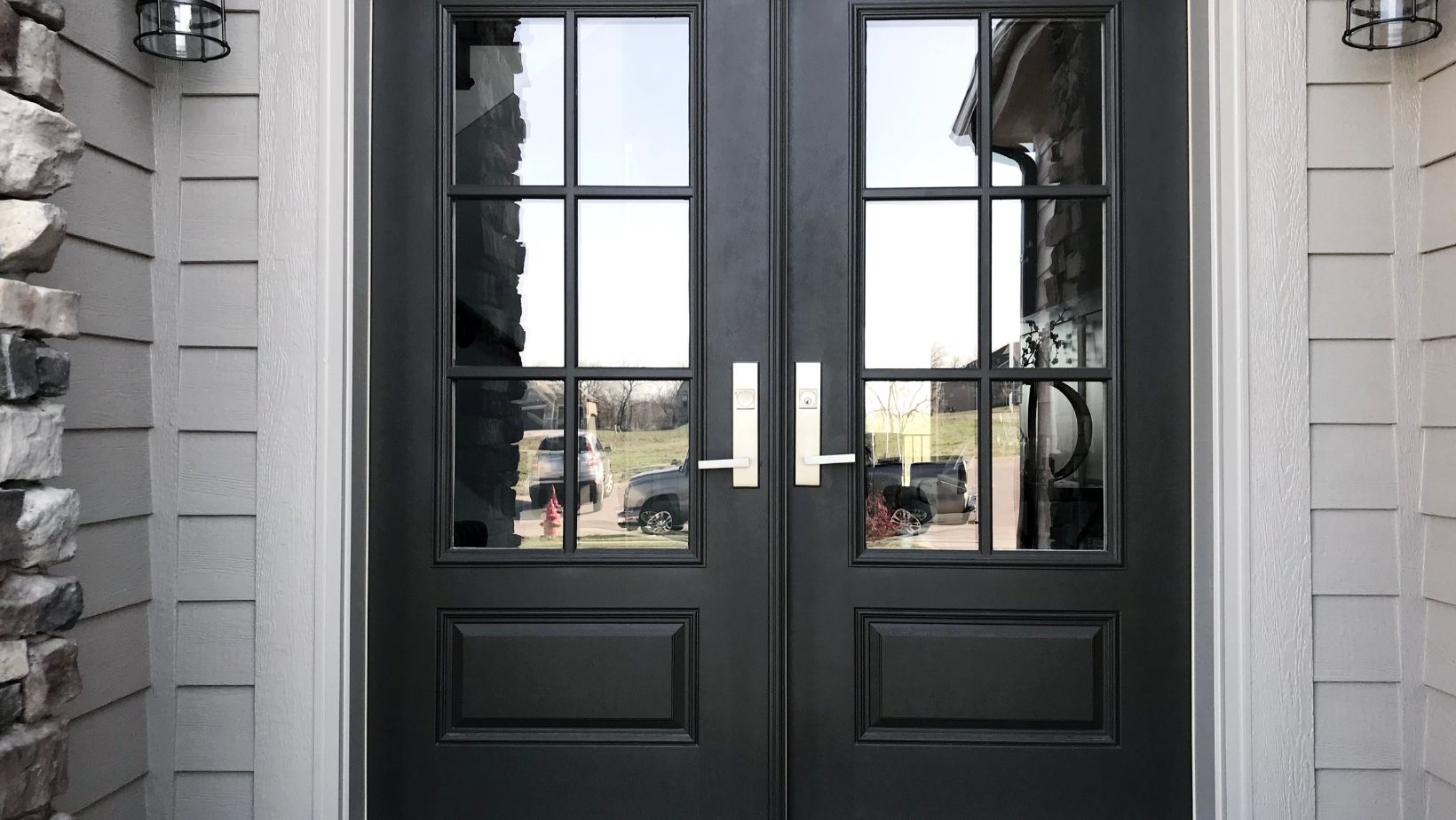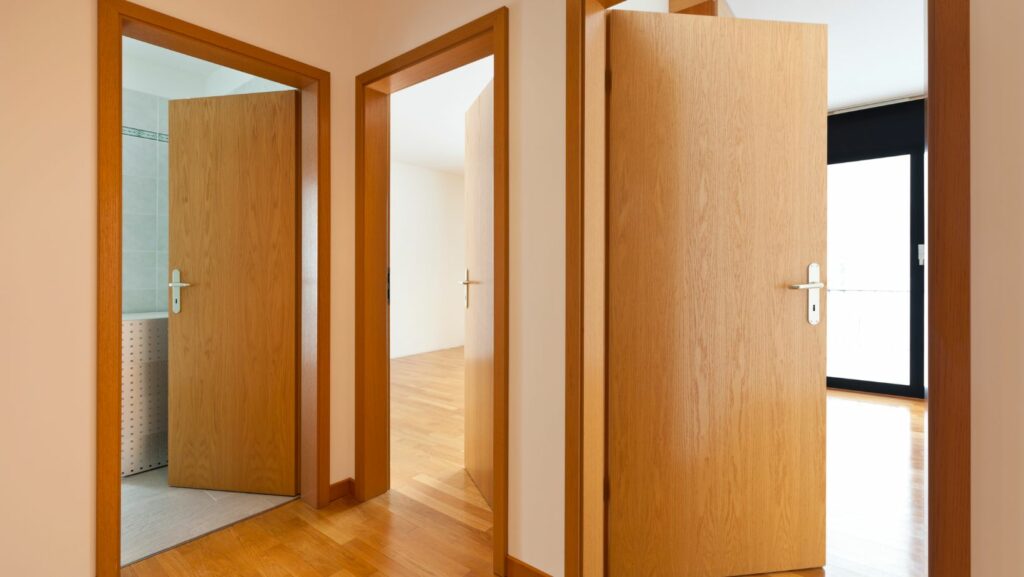Energy efficiency is a critical consideration for homeowners looking to reduce utility bills and create comfortable living spaces. As integral parts of a home’s structure, doors play a significant role in energy consumption.
Energy-efficient doors minimize heat loss, regulate indoor temperatures, and reduce the strain on heating and cooling systems.
This guide will help you understand how to choose the right energy-efficient doors, prioritize essential features, and maintain them for optimal performance.
Understanding Energy-Efficient Doors – What Are They?
Energy-efficient doors are designed to minimize heat transfer between the interior and exterior of a home. Unlike traditional doors, they feature advanced materials, insulation, and sealing technologies to enhance thermal performance.
By keeping warm air inside during winter and cool air in during summer, these doors ensure a more consistent indoor climate, reducing energy bills and lessening the environmental impact of excessive energy consumption.
When selecting energy-efficient doors, seeking guidance from experienced professionals can be invaluable.
Doors For Pros, for example, offers a comprehensive selection of high-quality, energy-efficient doors tailored to meet various needs. Their range includes options with superior insulation and durability, ensuring both comfort and efficiency.
Consulting with experts can help homeowners make informed decisions based on their specific requirements and budget.
Key Features to Consider When Selecting Energy-Efficient Doors
Here are some key factors to keep in mind when selecting an energy-efficient door for your home or commercial space:
Material Selection
The material of a door directly affects its energy efficiency. Different materials offer unique benefits:
- Fiberglass:
Known for their durability and insulation properties, fiberglass doors resist warping, rotting, and cracking, making them ideal for various climates. They can also mimic the appearance of wood, offering a balance of aesthetics and performance.
- Steel:
Steel doors often feature foam cores, providing excellent insulation. They are highly durable, secure, and cost-effective. However, proper installation is necessary to prevent rusting or damage in humid environments.
- Wood:
While visually appealing and classic, wooden doors are less energy-efficient compared to other materials unless paired with modern insulating techniques. Homeowners choosing wood may need to invest in additional weatherproofing measures.
Glazing Options
For doors incorporating glass panels, glazing options are crucial. Double or triple glazing improves insulation by trapping air between layers of glass, creating a thermal barrier.
Low-emissivity (Low-E) coatings further enhance performance by reflecting heat back into the room, helping maintain a consistent temperature. Frosted or tinted glass can also add privacy without compromising energy efficiency.
Weatherstripping and Sealing
Weatherstripping refers to the sealing materials applied around a door to eliminate drafts and air leaks. High-quality weatherstripping ensures that the door closes tightly, preventing warm or cool air from escaping.

Foam tapes, rubber gaskets, and door sweeps are common options for maintaining airtight seals. Regular inspection and replacement of weatherstripping are essential for optimal performance.
Insulation and R-Value
The R-value measures a door’s ability to resist heat flow, with higher values indicating better insulation. Fiberglass and steel doors often have higher R-values due to their foam core insulation.
Homeowners should pay close attention to the R-value of a door before purchase, especially in regions with extreme temperatures.
Doors with superior insulation not only improve energy efficiency but also reduce noise, adding to the home’s comfort.
Certification Standards
Energy-efficient doors often come with certifications that guarantee their performance. ENERGY STAR-certified doors meet rigorous criteria for energy savings, while NFRC ratings provide detailed information about the door’s thermal performance.
Prioritizing doors with these certifications ensures they are designed to deliver measurable improvements in efficiency.
Installation and Maintenance
- Proper Installation:
Even the best energy-efficient door will fail to deliver its benefits if not installed correctly. Hiring a professional installer ensures the door fits securely within the frame, providing a tight seal and optimal performance.
- Regular Maintenance:
Maintaining an energy-efficient door involves periodic checks to ensure all components function effectively. Inspect the door frame, hinges, and locks for any signs of wear or damage. Replace weatherstripping if it shows signs of cracking or peeling, as damaged seals can compromise the door’s efficiency.
- Sealing Gaps and Cracks:
Over time, small gaps and cracks may develop around the door frame, allowing air to escape. Applying caulk or foam sealant can address these issues, restoring the door’s airtightness. Door sweeps can also be installed at the bottom of the door to block drafts.
Customization Options
Energy-efficient doors come in various styles, colors, and finishes, allowing homeowners to align functionality with aesthetics. Doors with decorative glass inserts can enhance a home’s visual appeal without compromising efficiency.
Customizable options like sidelights and transoms can also be designed with energy-efficient glass to match the main door.
Prioritize features that contribute to energy savings while complementing the overall design of the home.
Security Features
While energy efficiency is a key factor, security should not be overlooked. Modern energy-efficient doors often integrate robust locking systems and reinforced materials.
Steel doors, for example, are highly resistant to break-ins, making them a popular choice for front entrances. Combining energy efficiency with advanced security features ensures both comfort and peace of mind.
What Are The Advantages Of Using Energy-Efficient Doors?
Below are some of the benefits of utilizing energy-efficient doors in your space:
Improved Thermal Performance
Traditional doors often allow drafts and air leaks, leading to inconsistent indoor temperatures and increased reliance on heating and cooling systems.

Energy-efficient doors address these issues by providing a strong thermal barrier, reducing the need for temperature regulation.
They are particularly beneficial for homes in regions with extreme weather, as they offer enhanced protection against temperature fluctuations.
Lower Energy Bills
By minimizing heat transfer, energy-efficient doors contribute to significant savings on energy bills. They reduce the workload on heating and cooling systems, lowering overall energy consumption.
Over time, the savings can offset the initial investment in high-quality doors, making them a cost-effective choice for homeowners.
Enhanced Comfort
Drafts and temperature inconsistencies are common in homes with traditional doors. Energy-efficient doors eliminate these issues, ensuring rooms remain at a comfortable temperature throughout the year.
This not only improves the living environment but also enhances the overall well-being of occupants.
Positive Environmental Impact
Reducing energy usage with efficient doors helps lower a home’s carbon footprint. Homes that use less energy for heating and cooling contribute to a more sustainable environment by decreasing greenhouse gas emissions.
For environmentally conscious homeowners, installing these doors is a practical step toward sustainability.
Key Takeaway
Investing in energy-efficient doors is a smart choice for homeowners seeking to reduce energy costs, improve comfort, and contribute to environmental sustainability.
When selecting the perfect energy-efficient door for your home, consider factors such as material, glazing options, insulation, and certification standards.
Don’t hesitate to seek professional guidance to ensure you make the best choice for your specific needs. By embracing energy-efficient doors, you are not only investing in your home’s comfort and value but also contributing to a more sustainable future.

